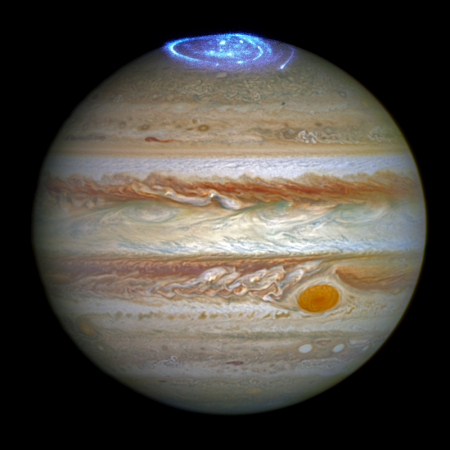China’s space plans for the rest of 2016
The competition heats up: If all goes as planned, 2016 could be China’s busiest year ever in space, and could set the stage for making it a major player for years to come.
They will not only launch their next space station test module, they will introduce a new rocket capable of putting about 25 tons into orbit, making it one of the most powerful rockets available. In addition, they are moving forward aggressively on planetary missions to Mars and the Moon, and on the followup larger space station designed to teach them how to transport people between the planets.
While the US is still substantively far ahead in space, the optics can suggest otherwise.
First, China will be launching people into space, which the US have not had the capability to do since the shuttles were retired in 2011, relying on Russia to get its astronauts to the ISS. Next, the International Space Station is currently only funded to 2024, which means the [Chinese space station], expected to be completed around 2022, could be the only game in orbit. Another issue is that it is becoming increasingly apparent that China is developing technologies and techniques necessary to take its taikonauts to the Moon, and ESA and Russia also have that destination in mind.
As the article notes, the private sector is the U.S.’s trump card (no pun intended).
The competition heats up: If all goes as planned, 2016 could be China’s busiest year ever in space, and could set the stage for making it a major player for years to come.
They will not only launch their next space station test module, they will introduce a new rocket capable of putting about 25 tons into orbit, making it one of the most powerful rockets available. In addition, they are moving forward aggressively on planetary missions to Mars and the Moon, and on the followup larger space station designed to teach them how to transport people between the planets.
While the US is still substantively far ahead in space, the optics can suggest otherwise.
First, China will be launching people into space, which the US have not had the capability to do since the shuttles were retired in 2011, relying on Russia to get its astronauts to the ISS. Next, the International Space Station is currently only funded to 2024, which means the [Chinese space station], expected to be completed around 2022, could be the only game in orbit. Another issue is that it is becoming increasingly apparent that China is developing technologies and techniques necessary to take its taikonauts to the Moon, and ESA and Russia also have that destination in mind.
As the article notes, the private sector is the U.S.’s trump card (no pun intended).

